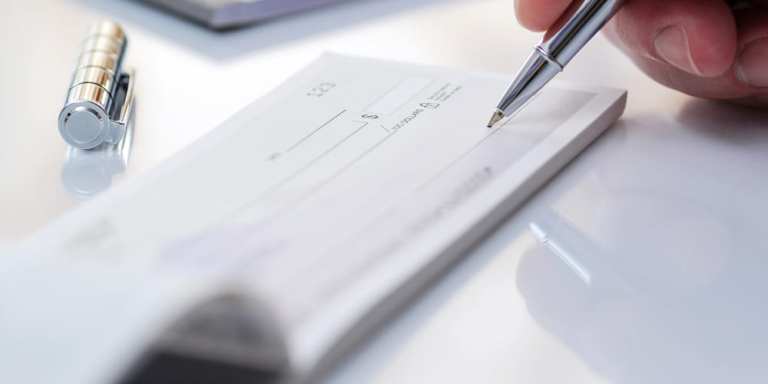
Local and state government agencies tend to approach innovation slowly and methodically, but careful vetting and execution have drawbacks for disbursement developments. State agencies handle disbursements for property refunds, public programs, taxes and more, and many are still clinging to paper checks as part of their processes, even as they adopt ACH or direct debit payments. Digital methods have obvious benefits, but many departments plan to continue supporting check payouts for the foreseeable future.
Digital and instant payment tools’ availability has yet to persuade the Oregon Department of Revenue to give up paper checks, for example. PYMNTS spoke with representatives from the department as well as officials from the Tennessee Department of Revenue and Texas Comptroller of Public Accounts to gain insights into how each approaches disbursements.
Erroneous assumptions cause checks to linger
State agencies are relying on legacy payment methods such as paper checks to make disbursements, despite the widespread popularity of digital payments and the increasing costs of checks.
“The Oregon Department of Revenue prefers to pay tax refunds through direct deposit, but checks are an option,” explained Robin Maxey, public information officer at the Oregon Department of Revenue. “We issue checks when a citizen doesn’t designate direct deposit and provide account information. The same is true for business entities on other tax programs. We’ve already adopted direct deposit. We aren’t looking to add to that or eliminate paper checks.”
Texas Comptroller of Public Accounts spokesman Kevin Lyons noted his agency has “no plans” to change its disbursement processes and that checks and ACH are the only ways payments are currently made. The latter method’s availability depends on why the payment was made, he added, with most tax refunds issued via checks, even if payees ask for digital methods.
“The payment disbursement method varies from payee to payee,” Lyons said. “There are some payees who prefer to receive their payments by paper warrant, but the majority of the state’s payees choose to receive their payments by ACH. We promote ACH payment processes to the payees. Our office provides training and support to state agencies as they streamline their payee setups and payment processes, and we assist payees and the state agencies with payment questions they may have.”
What deters faster disbursements
Tennessee residents also expect faster payments, according to Lola Potter, director of communications for the state’s Department of Revenue, which uses ACH, checks and direct debit for disbursements. Concerns about fraud, risk and the infrastructure challenges involved in supporting instant payments can deter the adoption of innovative payment methods, however, and Oregon’s Department of Revenue shares these fears.
“The biggest challenge to faster digital payouts is fraud and identity theft,” Maxey said. “Fraudulent tax refund claims cause us to slow issuing refunds until we can validate the identity of the filer. We receive millions of dollars of fraudulent refund claims a year. Our role is more than issuing fast refunds. It is protecting state funds by identifying and reducing as many fraudulent claims as possible.”
Reliance on legacy payment methods is not the solution to guarding against fraud, though. The U.S. lost $18 billion to check fraud in 2018 — a statistic that is doubly notable because checks remain popular for business payments and disbursements.
Agencies look to next steps
Government agencies are now examining newer technologies to ward off fraudsters so they can more easily adopt digital payments, with the Tennessee Department of Revenue exploring real-time payments to upgrade its disbursements. Texas and Oregon do not share such plans.
“There are currently no technological upgrades being explored by [our Texas] office,” Lyons said. “However, as the payment landscape continues to evolve with more digital and technologically advanced payment options, the state will continue to explore and evaluate the available options.”
There exist digital solutions that can enable safe and secure payments to consumers, but government departments remain slow to adopt them. All three state government offices will be keeping checks as disbursement options, at least for the next few years. These agencies may need to be persuaded that digital payments are cheaper, quicker and more popular and, given the value of these benefits, that it is time to let go of paper checks entirely.